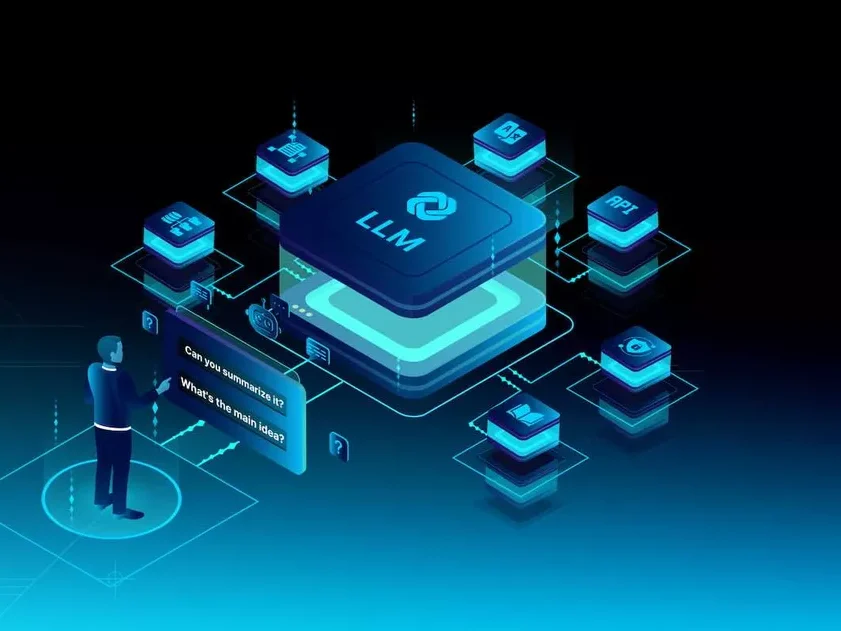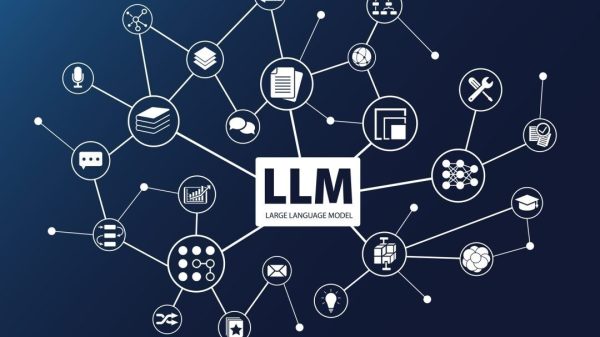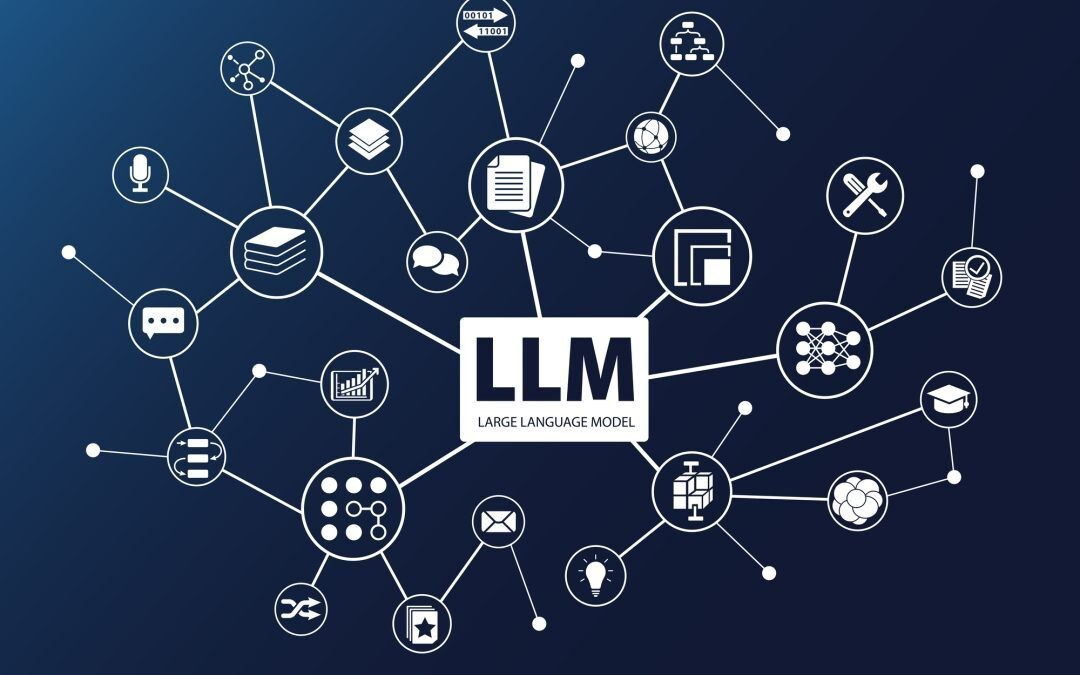The widespread adoption of ChatGPT and large language models (LLMs) across industries is driven by two main factors: their extensive knowledge base and emergent capabilities as they scale. Trained on vast internet data, LLMs regularly update their knowledge, making them powerful resources. Larger LLMs display unique emergent abilities that smaller models lack, which has fueled their popularity.
However, despite their impressive abilities, LLMs are far from achieving artificial general intelligence (AGI). AGI would require a system to learn, understand, and apply knowledge across various domains—a capability current LLMs lack due to limitations in reasoning, real-time knowledge, and adaptability.
One of the significant limitations of LLMs lies in their auto-regressive structure, where each word prediction is based on previous sequences, making it prone to errors and drift from accuracy, as highlighted by AI expert Yann LeCun. LLMs also have a static nature, lacking access to real-time updates or world knowledge beyond their training data.
This structure limits their reasoning capabilities, as LLMs excel at retrieving information rather than making complex, logical inferences. These limitations underscore the need for an advanced approach that moves beyond simple language model usage to something more dynamic and autonomous, which is where intelligent agents come into play.
Agents act as an enhancement to LLMs, addressing limitations in reasoning, access to real-time data, and task automation. In the context of LLMs, an agent operates as a versatile toolkit designed to provide real-time information, conduct reasoning, store memory, and perform actions.
The core components of an agent include tools for external data access, memory for temporary and long-term storage, reasoning mechanisms to break down tasks, and actions to adapt to different tasks through feedback. These components allow agents to autonomously complete complex tasks by continuously learning from iterative feedback, a capability LLMs alone cannot achieve.

How Multi-Agent Systems Enhance LLM Capabilities Beyond Simple Language Models
Agents are especially effective in performing complex, multi-step tasks, often by adopting a “role-playing” approach where each agent focuses on a specific sub-task within a larger objective. This approach reduces the chances of errors, such as “hallucinations,” by clearly defining each agent’s role and context within a structured framework like CrewAI.
For example, one agent might focus on research while another on writing within a blogging project, each contributing to a different aspect of the task. Role-playing frameworks formalize agent roles, making their performance more reliable and tailored to the unique needs of each task.
When tackling tasks requiring domain-specific expertise, multi-agent setups surpass single-agent models by delegating responsibilities across agents, allowing for improved document retrieval, ranking, and understanding. In multi-agent retrieval augmented generation (RAG), each agent specializes in a function, like document indexing or ranking, which optimizes the process.
Multi-agent frameworks like CrewAI and Autogen provide a structured approach, handling workflow management tasks where each task in a sequence is assigned to a specific agent. In scenarios such as loan processing, each verification step might be managed by a different agent, enhancing accuracy and efficiency across the workflow.
Deploying multi-agent systems in real-world applications, however, poses challenges in terms of scalability, latency, and performance consistency. Managing large-scale systems requires frameworks like Llamaindex, which organize event-driven workflows for scalability.
Latency and performance variations due to iterative LLM calls can be mitigated through techniques like output templating and prompt engineering. While LLMs are not yet capable of autonomous task management, multi-agent systems serve as effective tools to streamline operations and reduce manual workloads, inching closer to the goal of AGI.








































